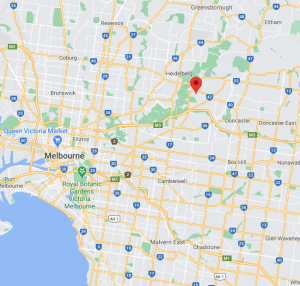Policies
It is management’s responsibility to set expectations within the business.
Polices state the expected values and behaviour and also make commitments to outcomes.
For example values may include; doing the right thing, honesty, fairness, innovative and drive.
Commitments may be to; exceed customer expectations, get it right first time, comply with all laws
and requirements and seek improvement in processes.
Procedures
A procedure sets out required steps to perform job tasks or provide a service to a customer. This
may be a simple list of steps or may be more descriptive. Sometimes flow charts, or processes
charts may be helpful. The simplest and clearest presentation should be selected and words should
be kept to a minimum.
Providing process consistency
When procedures are followed, there is consistency in practice for work processes and consistent
outcomes are achieved.
An effective internal audit process may be used to test whether or not process steps as set out in the
procedure are being followed and seek system causes where there is inconsistencies. E.g. the work
area rearrangement may cause steps to be taken out of order…
Assisting investigations
Where there is and undesired outcome, (e.g. an injury, a faulty product or a customer complaint)
procedures allow for easier investigation into what was the cause. Examination of the routine
procedure steps allow for discovery of anomalies. When the cause is discovered, opportunities to
improve may be present, e.g. clearing an area of trip hazards prior to work or commencing or a
second quality check prior to customer delivery. The result going forward is an improvement in
safety or even more satisfied customer experiences.
Procedures are Communication tools
Procedures can serve as a training, awareness and communication tools.
This could be as simple as an employee reading and understanding a procedure, or may involve
ongoing on the job training and assessment of competence.
Using procedures as part of employee training helps to ensure that there is consistency in practice
and reinforces policy expectations.
For example, a new employee induction process should include reviewing policies and procedures.
Schedule regular reviews
The final and ongoing task in a robust approach is to ask employees what is working and what could be improved. Technology is always evolving and with it the means to efficiently communication and get tasks done. For this reason alone, the best companies have the approach of taking what is learned and improve your internal processes for how work gets done.
Consider feedback from employees and customers and create improvement plans to address issues
and concerns of those valuable external and internal customers.



Comments are closed